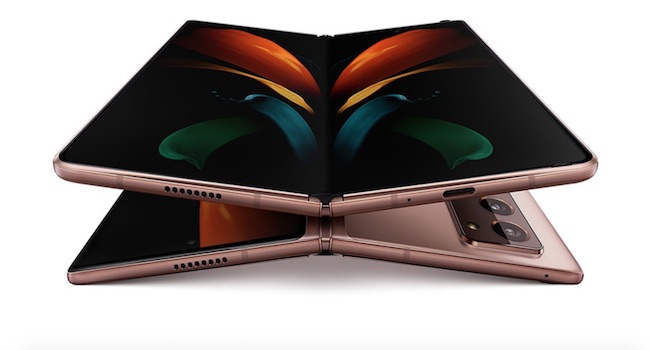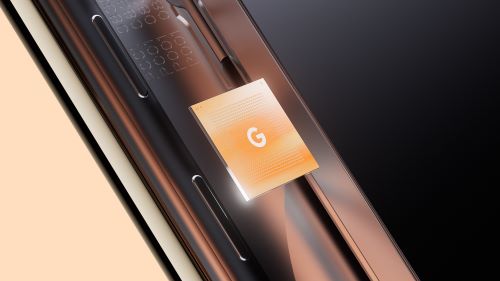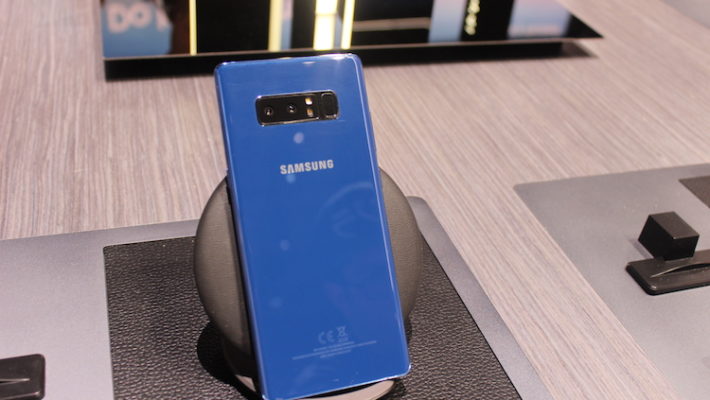The Samsung Galaxy Z Fold 3 could include major upgrades to its display technologies to allow for use of an S-Pen stylus with the foldable device, according to a recent report from UBI Research via The Elec.
The Korean manufacturer may be looking to use an Active Electrostatic Solution (AES) digitizer technology on the Galaxy Z Fold 3 display to enable stylus support. However, this technology may not work well with the latest version of Ultra-Thin Glass (UTG) that Samsung wants to use on the foldable. With the nature of foldable, one of Samsung’s main goals will likely be to use thicker and stronger folding glass on upcoming generations of the device.
The current Galaxy Z Fold 2 features UTG which is 30μm thick and Samsung may make the Galaxy Z Fold 3 display twice as thick, also aiming to increase its flexibility. Limitations that could arise are that the display may have trouble picking up touch feedback from an accompanying S-Pen or even finger touch. There are also murmurs that Samsung scrapped S-Pen support on the Galaxy Z Fold 2 because the UTG likely would have succumbed to the pressure of a stylus tip. The manufacturer has yet to see how folding glass will respond to new functionalities in real-world use.
The Galaxy Z Fold series is still not far removed from the issues of its initial model, which suffered catastrophic handling malfunctions once they got into the hands of initial reviewers. The handset suffered an unofficial recall before even making it to market. It makes sense that Samsung would want to implement new features on the Galaxy Z fold line in as smooth and error-free a fashion as possible.
Many note that Samsung has upgraded to Electro-Magnetic Resonance (EMR) digitizer technology on its Galaxy Note series in recent years. The Note series is famous for its S-Pen support but this particular technology gives the handset displays two separate digitizers for S-Pen feedback and for finger touch feedback. It also allows the S-Pen to work without needing its own battery. However, this EMR is being applied to a tried and true solid-surface display on a decade-old device series, while the digitizers are suspected “too rigid” to work well on foldable displays.
AES technology uses a single digitizer to support S-Pen and finger feedback. This may be an easier option to implement on this new device form factor despite its possible limitations. Samsung will have to see if it plays well with an increasingly thicker, still experimental display.
Other rumors suggest the Galaxy Z Fold 3 could feature a 360-degree hinge, which would allow the device to fold outward as well as inward. The device may also introduce an under-display camera to Samsung’s product line.
The manufacturer may also streamline the branding of its foldables, possibly calling the upcoming model the Galaxy Fold 3. There is word that the foldable series could eventually overtake the S series as Samsung’s flagship line, likely due to its price proposition.




